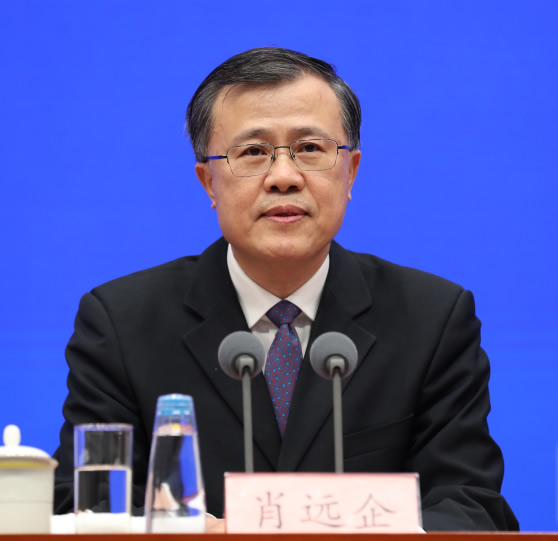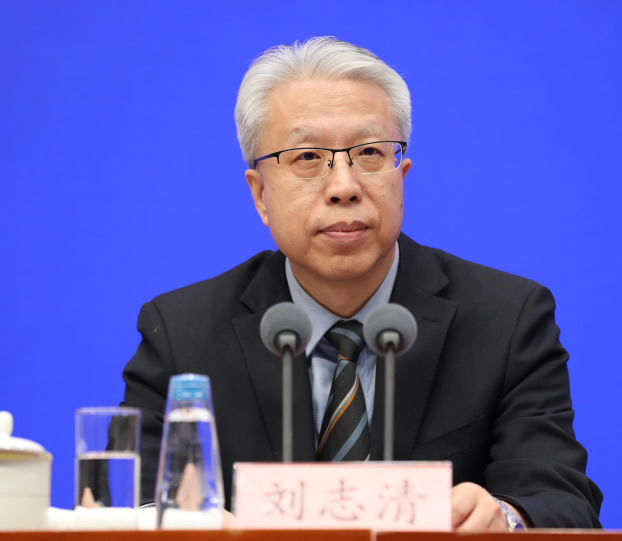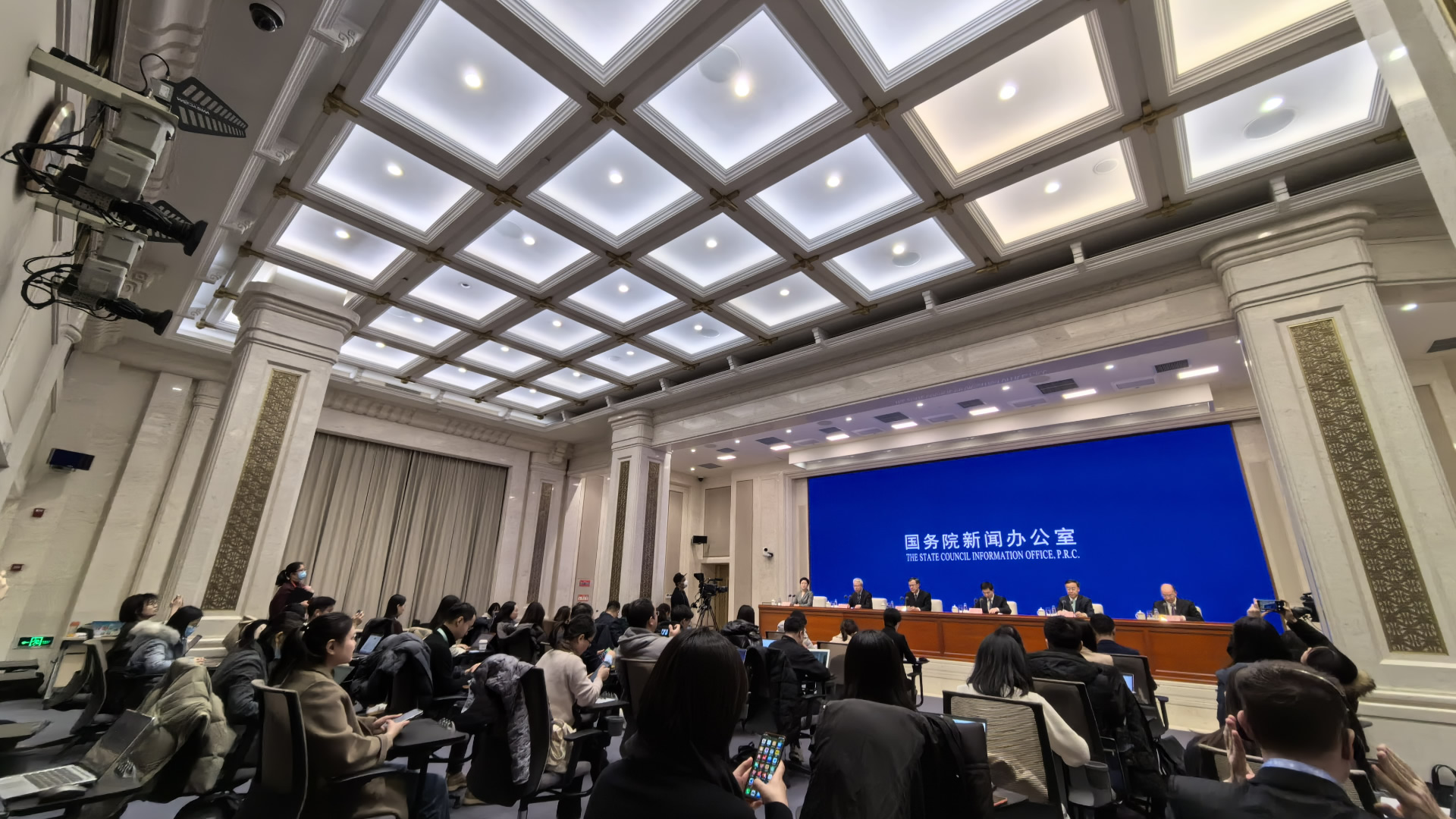On January 25, the State Council held a press conference on high-quality economic and social development of financial services. The person in charge of the relevant departments of the State Financial Supervision and Administration said that most of the credit funds were used in the real economy, actively meeting the financing needs of market entities such as enterprises and residents, supporting economic recovery and boosting effective demand.

Xiao Yuanqi, deputy director of the State Financial Supervision and Administration, said that there are two very important regulatory quantitative measures rules for optimizing the credit asset structure. First, there is centralized supervision. Credit and loans to a single customer, a single group and a single industry are linked to capital, and the proportion is very strict to avoid financial resources. There is also a very important regulatory indicator. The joint credit mechanism has been implemented, and many banks can see the credit and financing of the same enterprise, so as to ensure that the debt ratio of the enterprise will not be pushed up, and at the same time, financial resources can be used in the most needed areas, which can meet the real and reasonable capital needs of different enterprises, different individuals and different market entities, avoid idle funds and improve the efficiency of capital use.

Liu Zhiqing, spokesperson of the State Financial Supervision Administration and head of the Statistics and Risk Monitoring Department, believes that in recent years, the credit structure of China’s banking industry has been continuously optimized, and financial support for the real economy has become more precise and powerful. Financial resources have been used more in key areas and weak links of the national economy, such as scientific and technological innovation, advanced manufacturing, green development, universal benefits and infrastructure, and efforts have been made to promote high-quality economic development. At the same time, with the vigorous promotion of the regulatory authorities, banking institutions have increased the disposal and collection of non-performing assets for many years. Since 2017, the cumulative disposal of non-performing assets of banks has reached 18 trillion yuan, which has revitalized a large number of inefficient financial resources and invested funds in areas that are more effective, more promising and more in need of support. From the perspective of capital investment, most of the credit funds are used in the real economy, which actively meets the financing needs of market entities such as enterprises and residents, strongly supports the economic recovery and boosts effective demand.

In the next step, the General Administration of Financial Supervision will continue to guide and support banking institutions to increase credit supply, optimize the credit structure, focus on the "five major articles" on technology and finance, green finance, inclusive finance, pension finance and digital finance, make efforts to dredge the channels for funds to enter the real economy, improve the efficiency of capital use, and moisten the real economy with financial "living water".